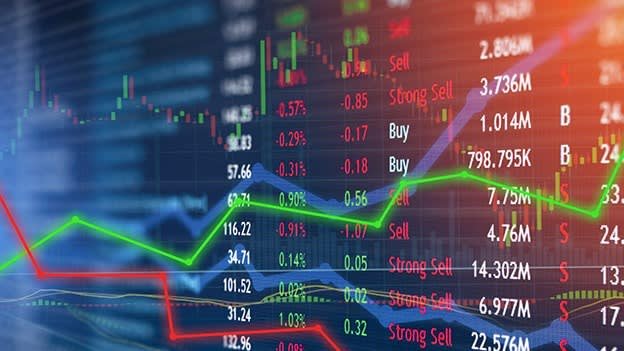Auctions of US Treasury bonds have gone from mundane events to crucial signs of investors’ confidence in the world’s largest economy. Furthermore, with Elon Musk bemoaning all the “disgusting pork” in the so-called “big, beautiful bill” (the budget that Donald Trump’s allies are working to get approved in the Senate), America’s fiscal policy has become a soap opera.
The US Treasury yield curve is also making an awkward smile and proving problematic. At the front end, three-year yields at around 4 per cent suggests investors are worried about prospects of economic slowdown. At the long end, higher yields reflect serious misgivings about the trajectory of America’s national debt.

When it comes to raising further funds, by 12 June three important Treasury auctions will have occurred. In terms of size, Tuesday’s $58bn (£42.9bn) auction of three-year notes is significant because it hints at greater confidence in raising funds at shorter maturities. By comparison, the reopening of May’s 10-year bond offer looked to add $39bn.
Thursday’s $22bn auction of 30-year Treasury bonds was set to be the most closely watched, thanks to weak appetite for the $16bn issue of 20-year bonds in May. Despite being downgraded by ratings agencies, investors’ prime concern isn’t America defaulting. Rather, it is the federal government intimating its only plan is letting inflation erode the real value of debt obligations.
Republicans’ wafer-thin majority in Congress means political calculus is against balancing the bill’s extension of tax cuts from Trump’s first term with deep reductions in federal spending, let alone tackling the huge social entitlement programmes that are structural drivers of sustained deficits. Faced with this dynamic, bond investors conclude there will be more money printing and higher inflation in future, so they raise their demands for long-term interest rates.
Read more from Investors’ Chronicle
Gambling on growth
Shifting dynamics, where investor demand skews towards shorter maturity debt and interest costs are higher for long-term borrowing, compound the problem. It means a tremendous onus on economic growth to outrun deficits, rising interest and rollover costs.
There is a read-through to shares as investors rightly demand a risk premium above the guaranteed nominal return from government bonds. This means either share prices must be low enough to imply this rate of return (risk-free rate plus equity premium) based on expected earnings growth and dividend yields, or there must be a reason for growth rates to revise upwards.
Another catch-22 of rising interest on government borrowing is the knock-on effect of companies’ cost of capital and inflation hitting their operating costs. These factors hamper margins, increase hurdle rates for investment and therefore act as a drag on that all-important growth.
Swap rates and credit markets tell us more directly about the health of the private sector and hence the investment outlook. Swap rate curves (which use the interest rates used in the fixed leg of interest rate swap contracts), are representative of the credit risk of commercial banks rather than the government.
Its shape matches that of the US Treasury yield curve, indicating near-term pessimism towards the US economy. But interestingly the rise at the longer end of the curve is less steep, suggesting investors have greater concerns about the sustainability of US government debt than solvency of the banking system.
Since the beginning of 2025, the yield on 10-year US Treasuries has been volatile, which has seen the spread to the secured overnight funding rate (SOFR) jump around. SOFR is the interbank lending rate that replaced Libor in the US dollar-denominated market (in the UK sterling market Sonia is now used).
The level of SOFR has been stable but elevated, which reflects tighter credit conditions for the US economy than President Trump would like, hence public criticism of the Federal Reserve for not slashing target interest rates.

Monetary policy has more effect on short-term rates, with the costs of borrowing for longer being led by the market. The 10-year yield initially dropped when tariff announcements hit risk appetite, but then rose at a rate that prompted fears for financial stability and arguably influenced Trump’s tariff pause.
Since then, yields are higher but as a consequence of less rapid forces, such as elevated long-run inflation expectations and disgruntlement at fiscal largesse. Should progress be reached on trade deals, and at the time of writing US and Chinese representatives had reached a framework agreement (to be approved by Trump and Chinese president Xi Jinping) after two days of talks in London, it will improve risk appetite and be good for shares and bond prices.
Steepening of the middle part of the yield curve would be good for fixed income investors. But for now, the risk-to-reward ratio is arguably most attractive at the front, where the volatility of market rates will have less impact on capital values of bonds. It is a tactic that will also work for UK investors in shorter-dated gilts, which is important as this eliminates currency risk.
Positive surprises can be enjoyed through the portion of a portfolio invested in US and UK shares, with the risk of these holdings diversified using those bonds of shorter maturity.

